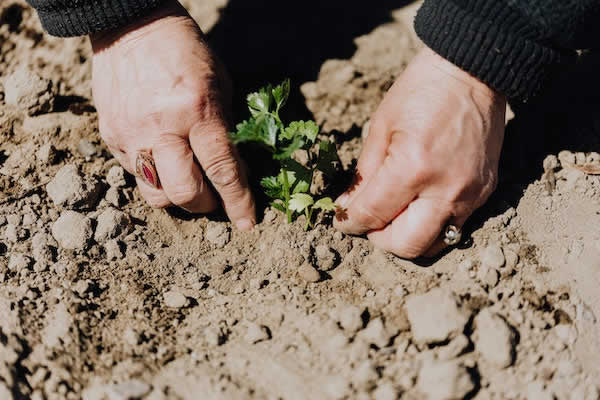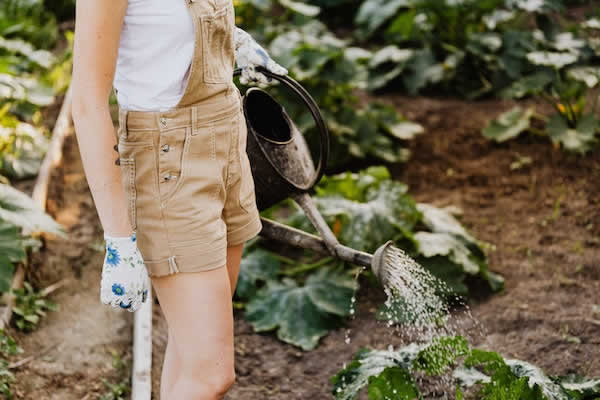
If you’re inspired to transform your garden into a haven of beauty and sustainability, you’ve come to the right place! Taking care of plants is incredibly rewarding, but can also be challenging. Whether you are looking for tips on how to start your own vegetable patch or ensure that your existing plants get enough sunlight and water, plenty of tricks and strategies can help reignite your love for gardening.
- Tag your Plants
- To make sure that your plants are getting the best possible care, start by labeling them. This will help you know which types of plants require more water or sunlight and avoid any accidental mishaps. Planting, using tree tags, can be a great way to mark your plants and identify them later. Additionally, this will help you remember their names and keep track of when they need to be fertilized or pruned.
- While you’re at it, take some pictures of your plants so that you can easily spot any changes in their appearance over time.
- Choose the Right Soil
- The type of soil you choose for your garden is an important factor to consider when remodeling. Depending on the plants you want to grow, different types of soil are better equipped for their needs. If you’re not sure what kind of soil to use, consult a local garden center or gardening expert to help make the best decision. It would be wise to invest in quality soil so that your plants have access to the necessary nutrients they need to thrive and grow.
- Additionally, try adding compost or mulch regularly into your soil so it won’t get depleted over time. This will ensure that your plants receive all the essential elements needed for their growth and development.
- Provide Ample Sunlight
- Plants need ample sunlight to grow and thrive. Make sure your garden has enough sun exposure for plants that prefer full sunlight. If you have partial shade, use plants that can tolerate lower light levels, such as impatiens or coleus. Additionally, if certain parts of your garden receive more intense sunlight than others, be sure to pick plants accordingly; each species will demand its own special balance of sun and shade. It's helpful to create a plan before planting, that way you can make sure each plant has the ideal amount of sun for its needs.
- Water your Plants Appropriately
- Water is the life force of any garden and plants need a good balance of moisture to stay healthy. Plants require different amounts of water depending on their type, size, and growing environment. For example, cacti are drought-tolerant so will not need as much watering as most other plants. To keep your plants in optimal condition, make sure you know how often each one needs to be watered.
- If a plant doesn't get enough water it may become wilted or yellowed; if it gets too much it can suffer from root rot. Regularly check the soil with your finger to gauge how moist your plants are and adjust accordingly.
- Use Mulch
- Mulching is an effective way to help retain moisture in your garden, particularly during hot summer days. It also helps to reduce weed growth and can add a neat finish to your garden area. Choose from several types of mulch such as organic materials like bark chips or pebbles. For best results, spread the mulch over the soil surface at least three inches thick and keep it away from the bases of plants so that they can breathe better. This will help give your plants the necessary protection they need and make them look more beautiful.
- Prune and Trim Regularly
- Regularly pruning and trimming your plants is like giving them a mini-facelift. Pruning helps to keep the shape of the plant in check, encourages flowering, and removes dead or damaged leaves. It can also help prevent diseases by removing any diseased areas quickly. Use garden shears for small branches and loppers for larger ones to make sure you don't damage the healthy parts of the plant. Aim to prune at least once per season – more often if needed – so that your garden always looks its best!

Remodeling your garden can be a daunting task, but following these simple tips can help make it easier. Whether you’re an experienced gardener or a novice, these tips will help ensure that your plants are well cared for and that your garden remains in tip-top shape. With the right knowledge and dedication to taking care of your plants, you can have a beautiful and well-maintained garden in no time!
